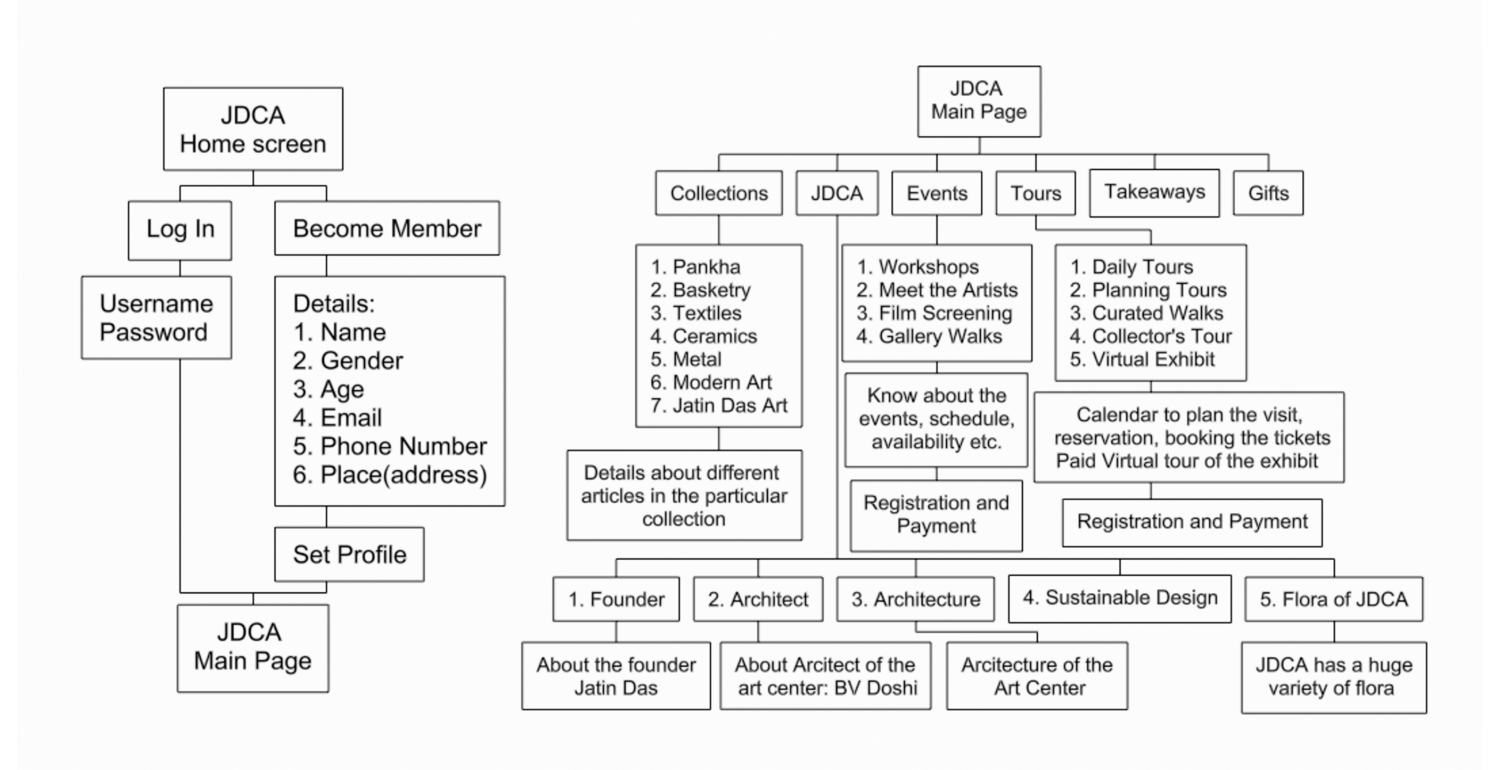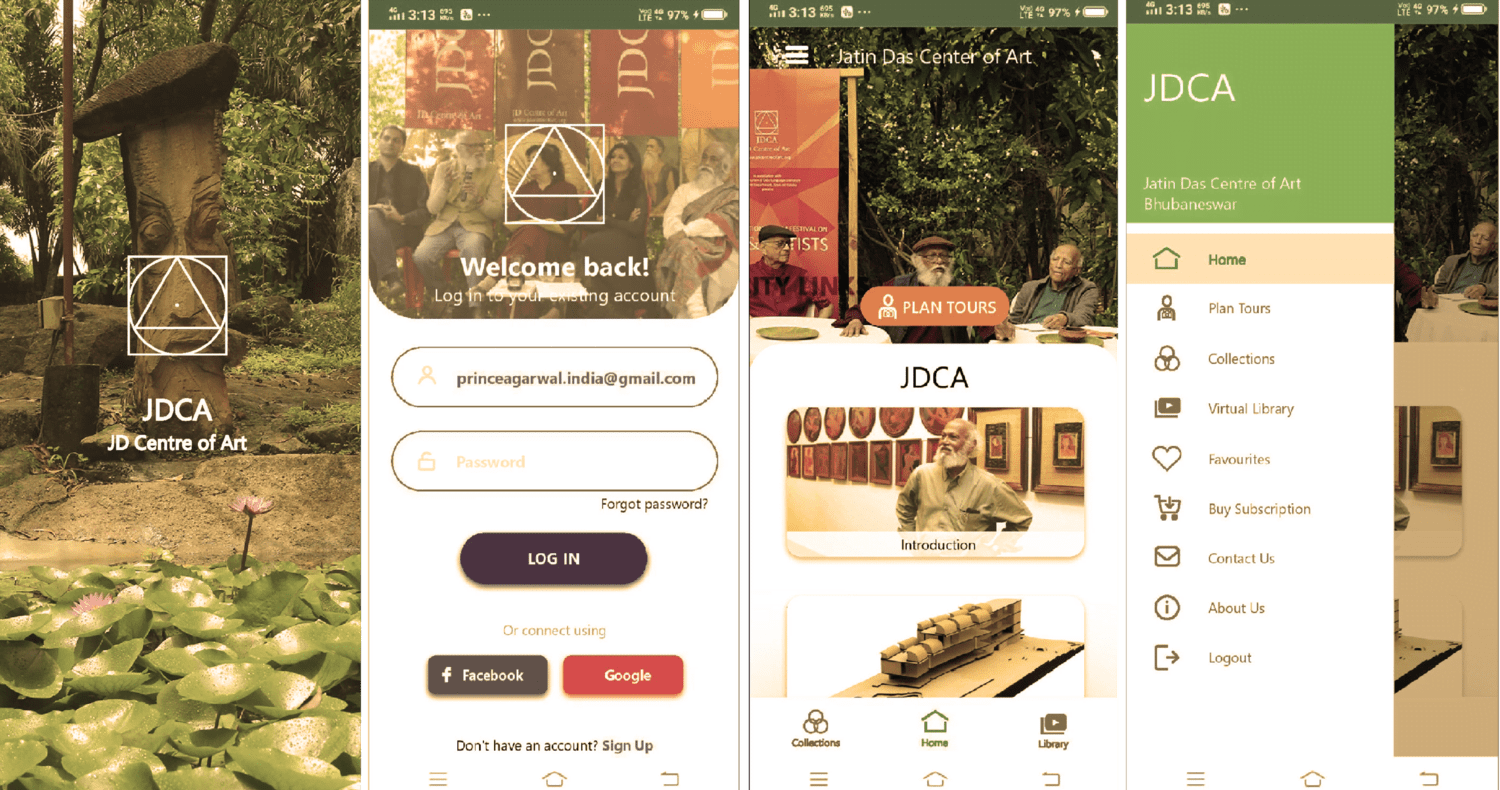About JDCA
Jatin Das is the Founder and Chairman of JD Centre of Art that houses classical, contemporary, traditional, and folk art, all under one roof. During the last 35 years, he has built a personal collection of contemporary works, of antiquities and of handicrafts, including the enormous Pankha collection, which has more than 6,000 hand fans.
Basic Research
It was really important to understand the basics of museums, the history of textiles in India, and the types of materials used in Ancient India. The span of the collection was from 2nd century B.C.E. to as recent as the 19th century C.E.
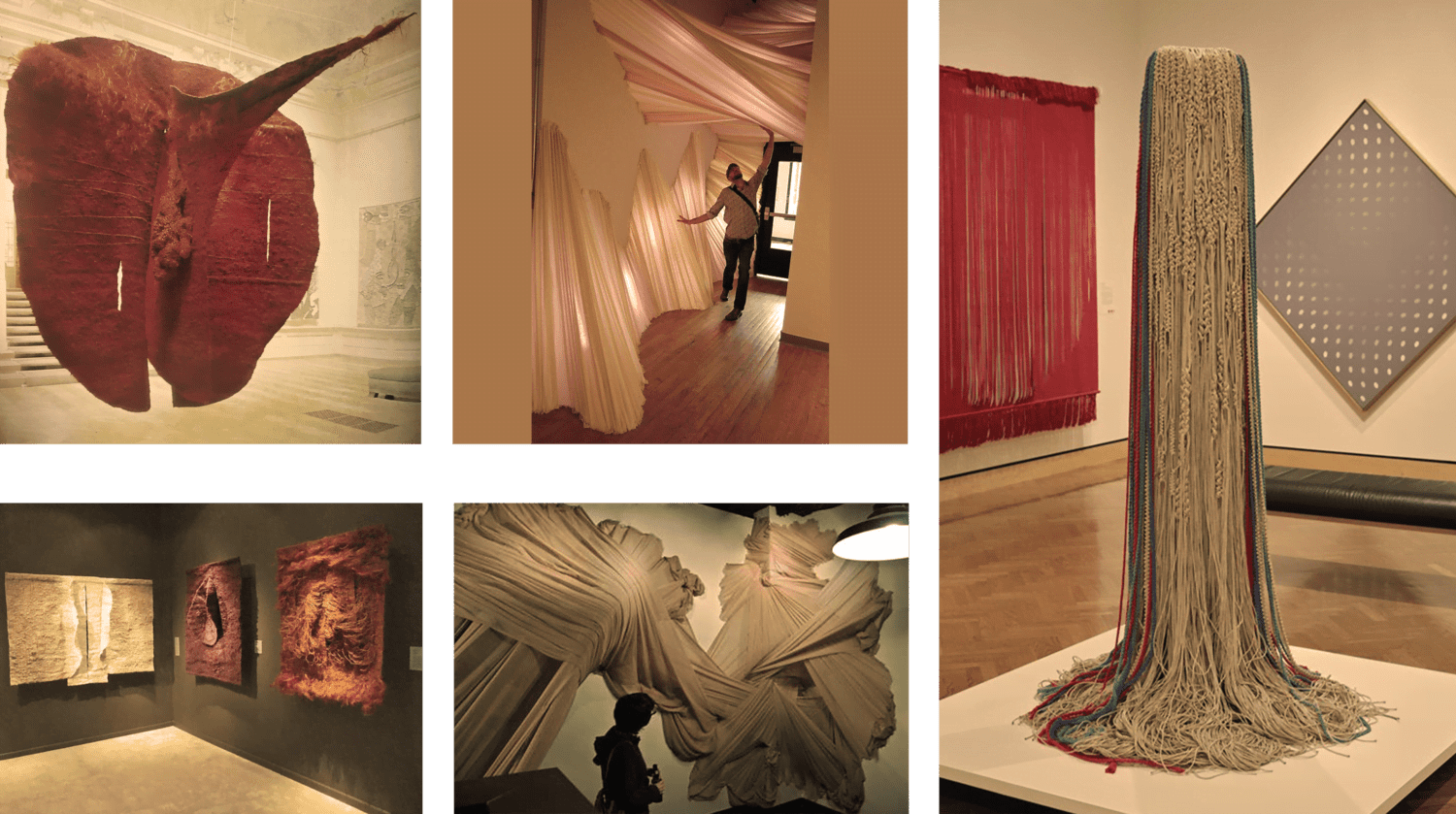
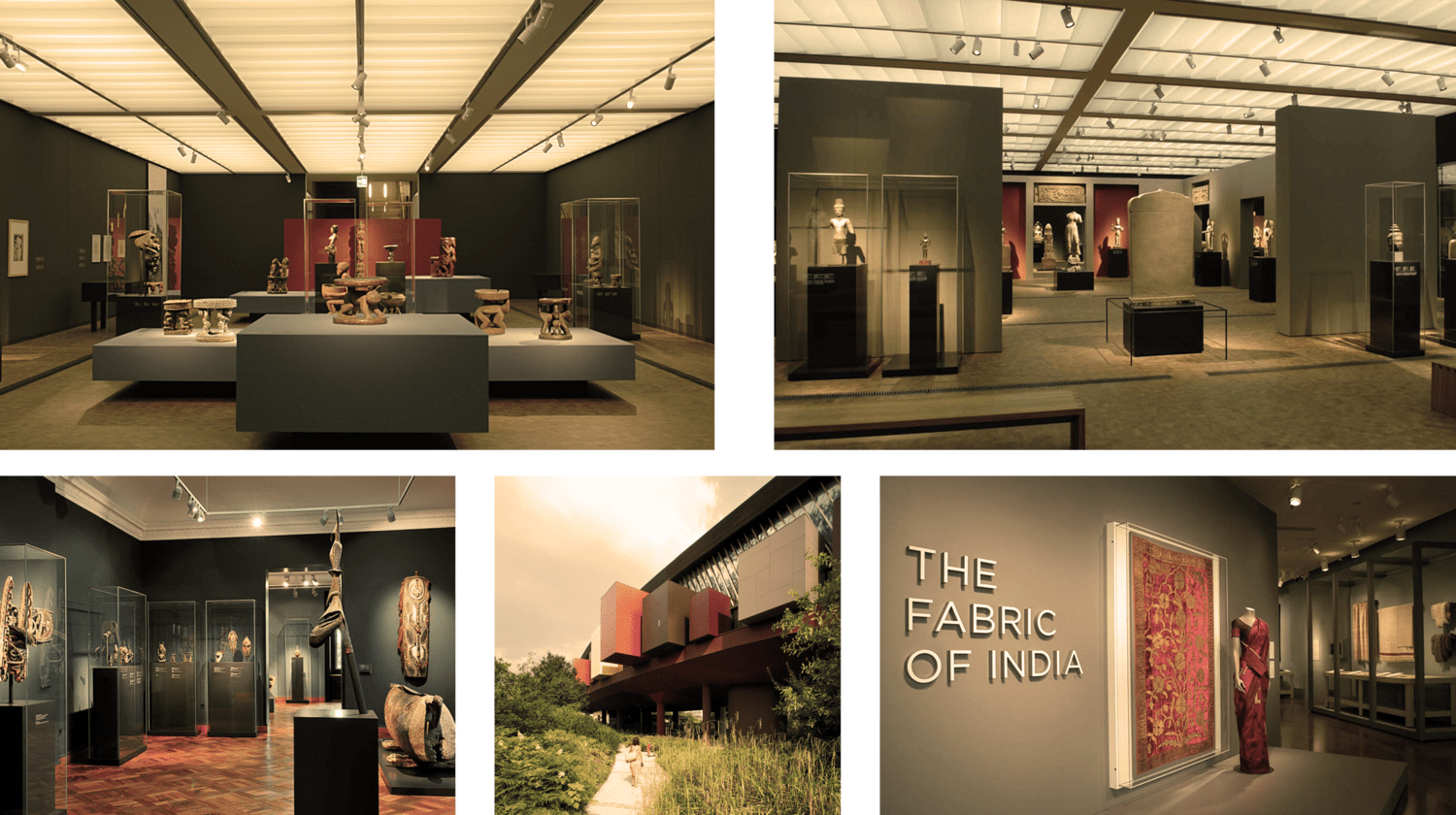
Understanding curation of fabric
The idea was novel for me as I had not gotten the chance to visit a textile museum beforehand. The concept of the display of fabrics became more novel because of it. Our mentor showed us various ways of draping a piece of cloth.
Understanding Display Techniques
The initial research showed us that a piece of fabric as it ages requires a lot of care and specialized methods to preserve and display it. It is usually done in a glass box or a controlled environmental setup. The relatively new or recreation of the original pieces are at times displayed with on mannequins.
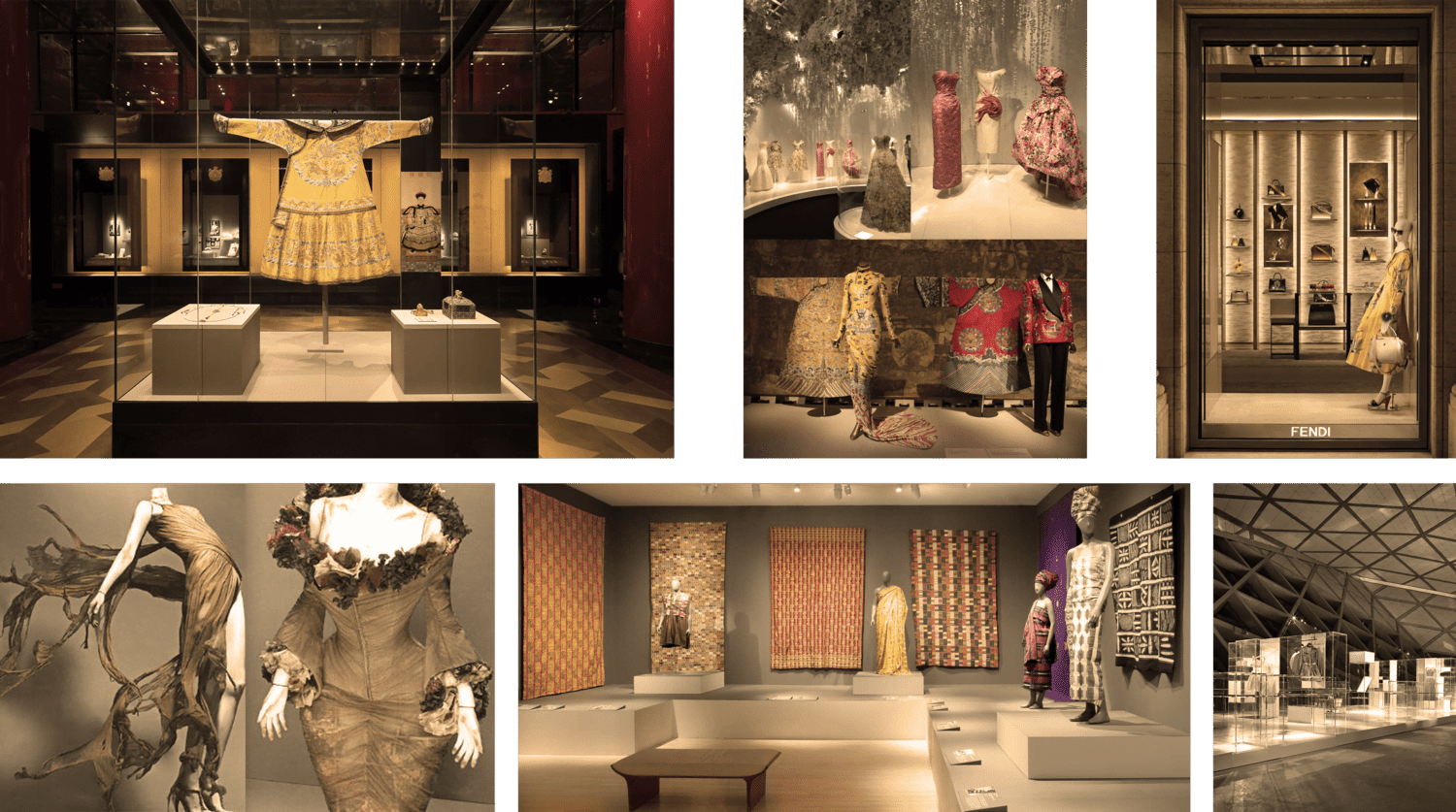
Understanding the Museum Furniture
The importance of furniture at a museum is undermined most of the time. They don’t play the central role but are quintessential for aesthetics and articles for display.
Understanding Lighting Techniques
There are so many ways to illuminate a given space and different lights play different roles in creating an overall environment. The use of pillar lights intrigued me the most.
The other forms of lighting used, such as the spotlight, ambient light, path light, and directional lights and their effects on the artifact were quite important.
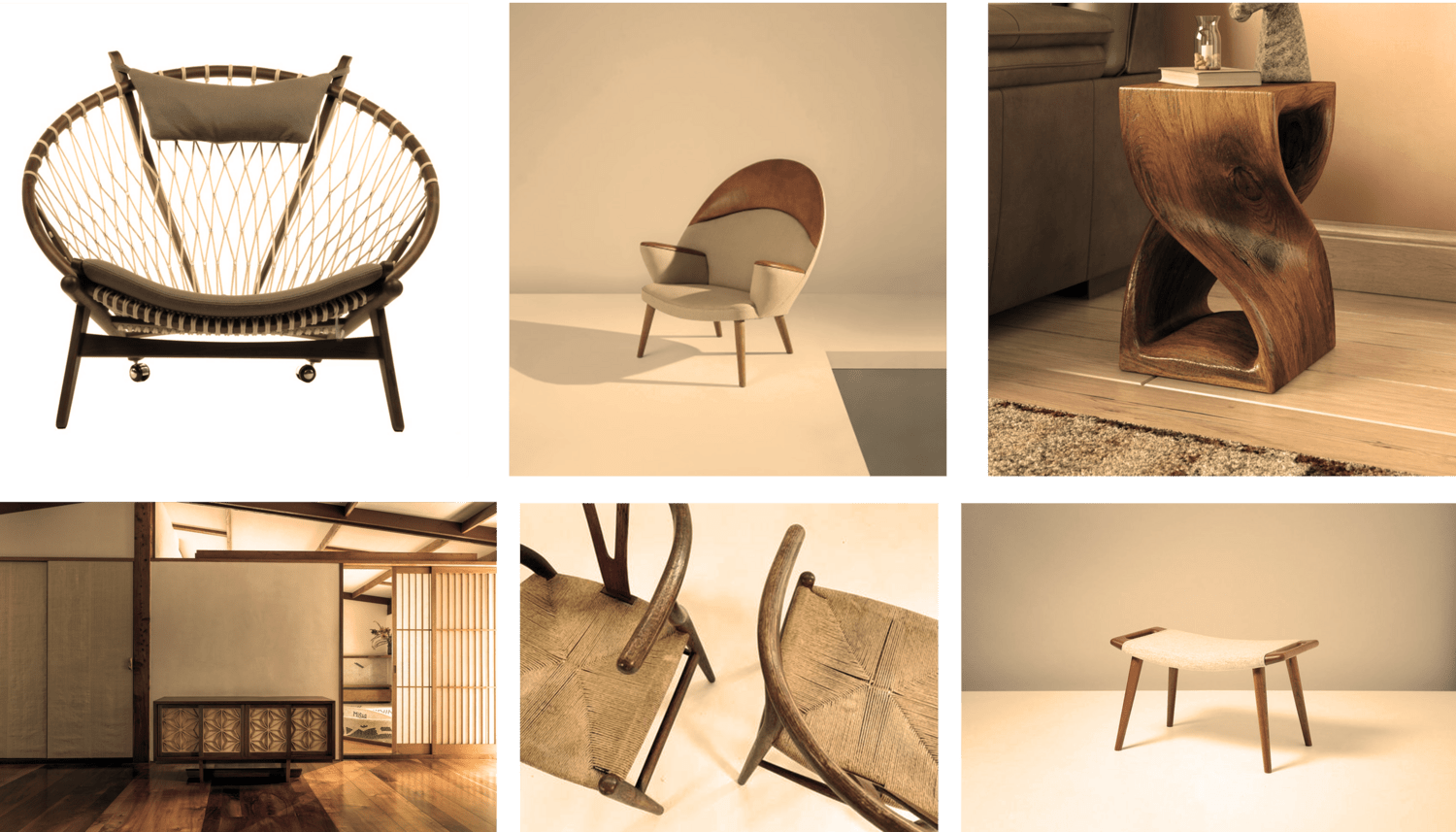
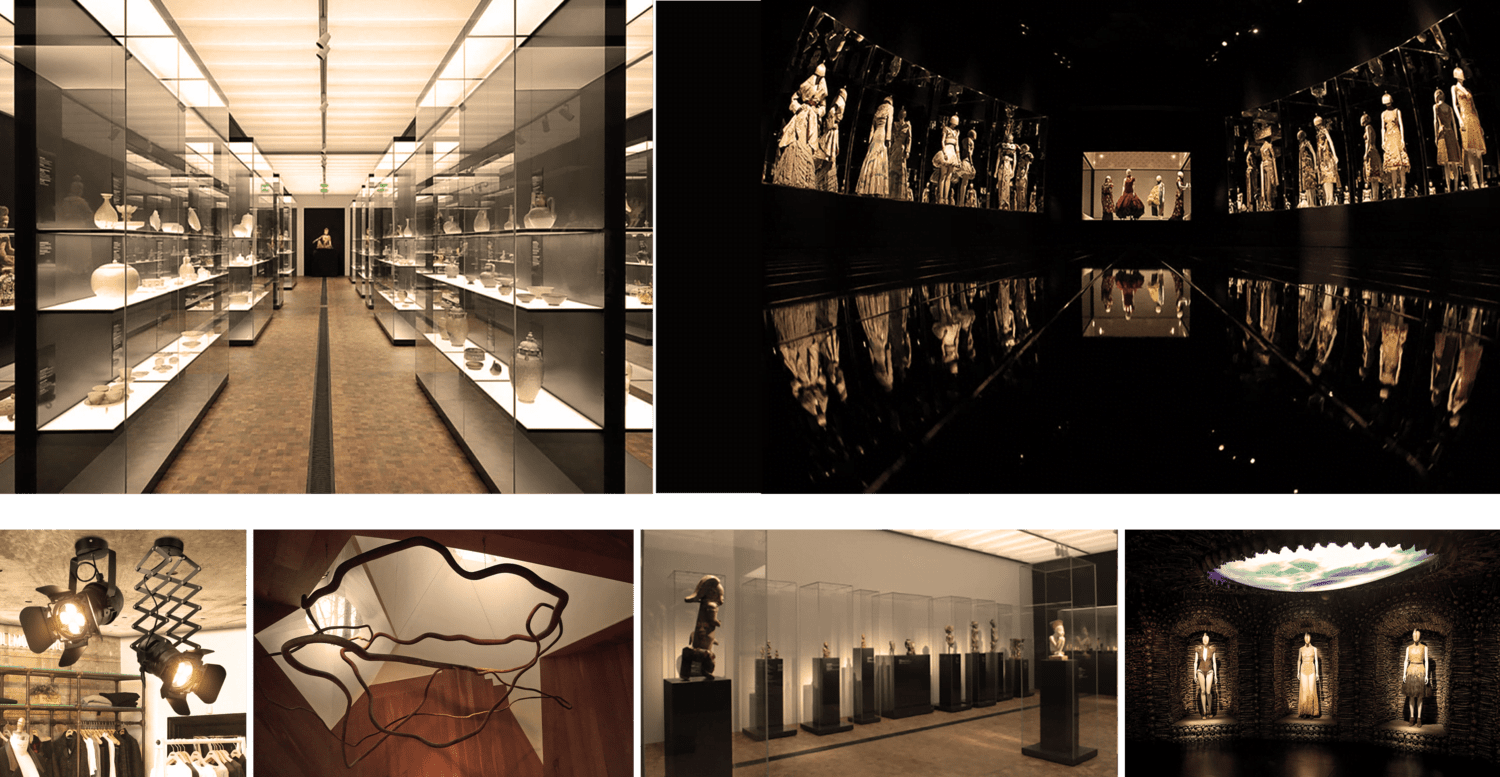
Understanding Virtual Museums
The new advent of virtual museums has opened up a new venue for displaying museums in a new light. The use of AR, VR, and VAR make the experience unique in its own way. These technologies are important in linking museums with a larger audience worldwide.
Understanding the Use of Graphics
The use of graphics elevates the displayed article. Graphics can be shown in complete mundane form or can be shown in the form of a blended background, or in the form of an infographic. It is at times non-informative and purposes itself as a background or a foreground.
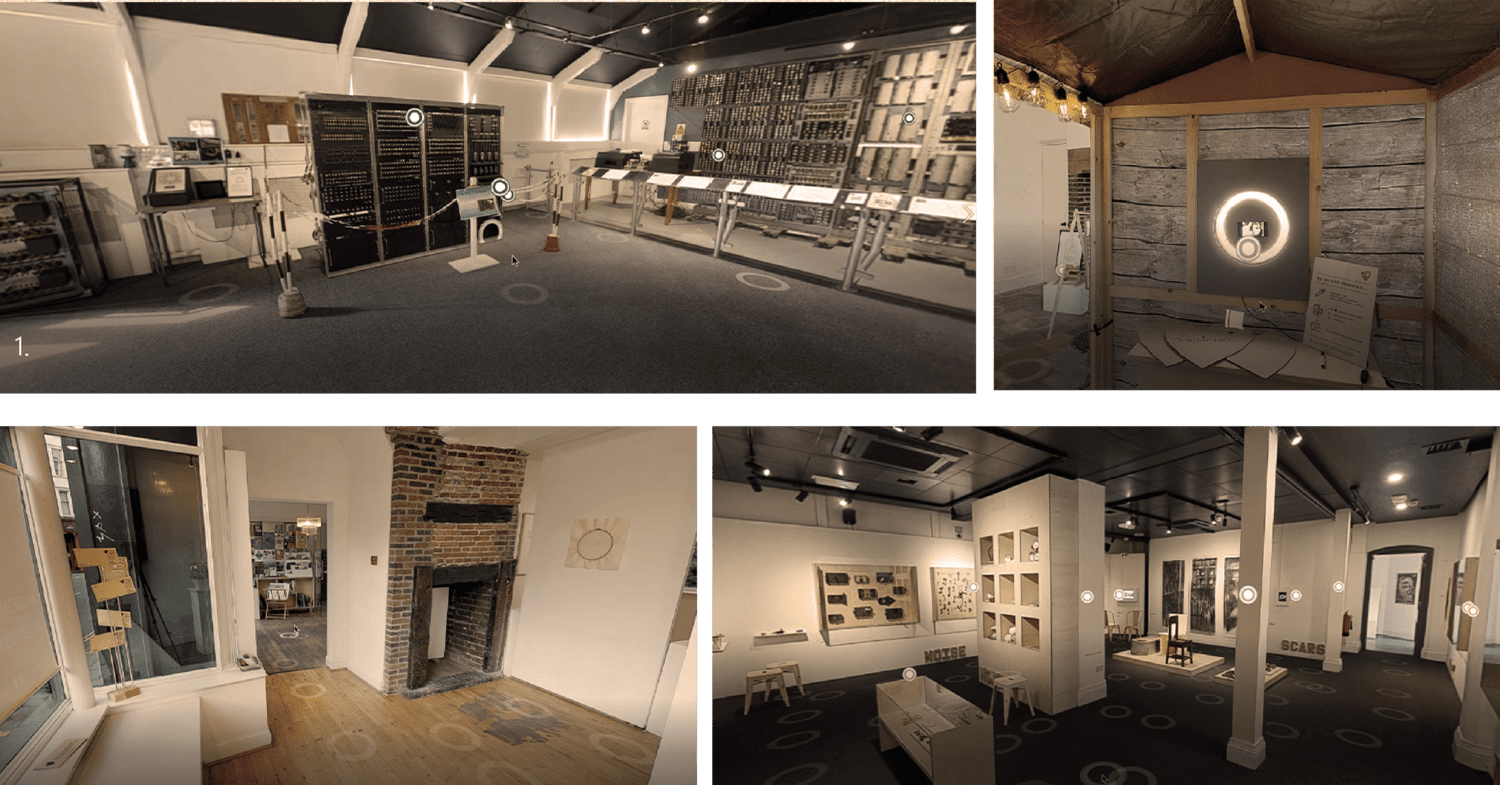
Research on Display Structures
The research was based on certain criteria of moving-museum until the final structure comes into shape. The use of knock-down furniture provides the finer aesthetics of the displayed fabrics.
There are different forms of joineries that were explored and knock-down furniture and more.
Ideation
I created several models on rhino to create different forms of display of fabrics. These models were made with the idea that the transportation of these models was easy and was easy to assemble without any instructions. We also ideated on various types of display booths, areas, and wireframes for designated areas.
The provisions were made to display drapes, stretchable pieces of cloth, framed pieces and stitched garments. The lighting environment was also created for the same. These provisions were not created into a prototype.
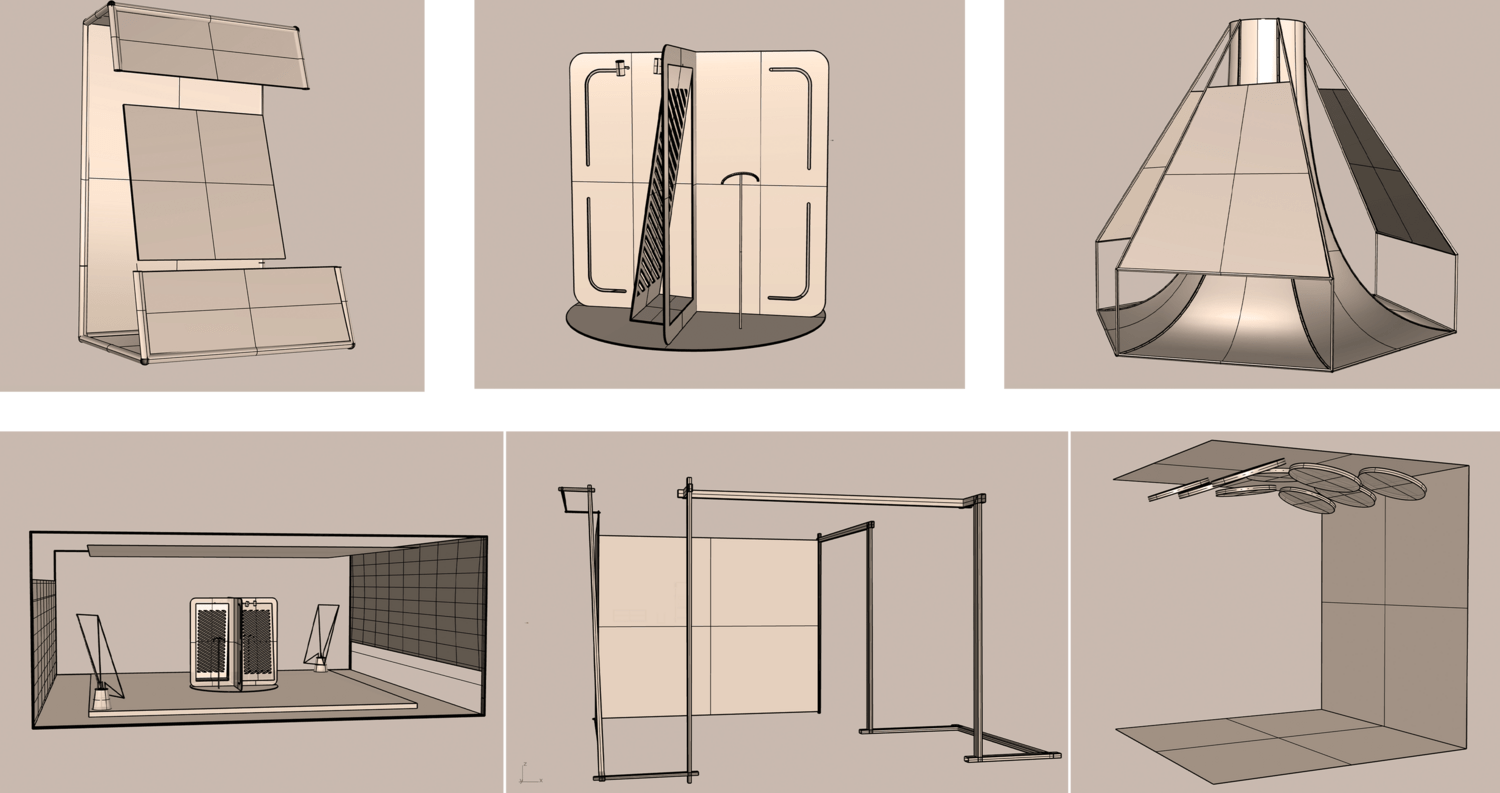
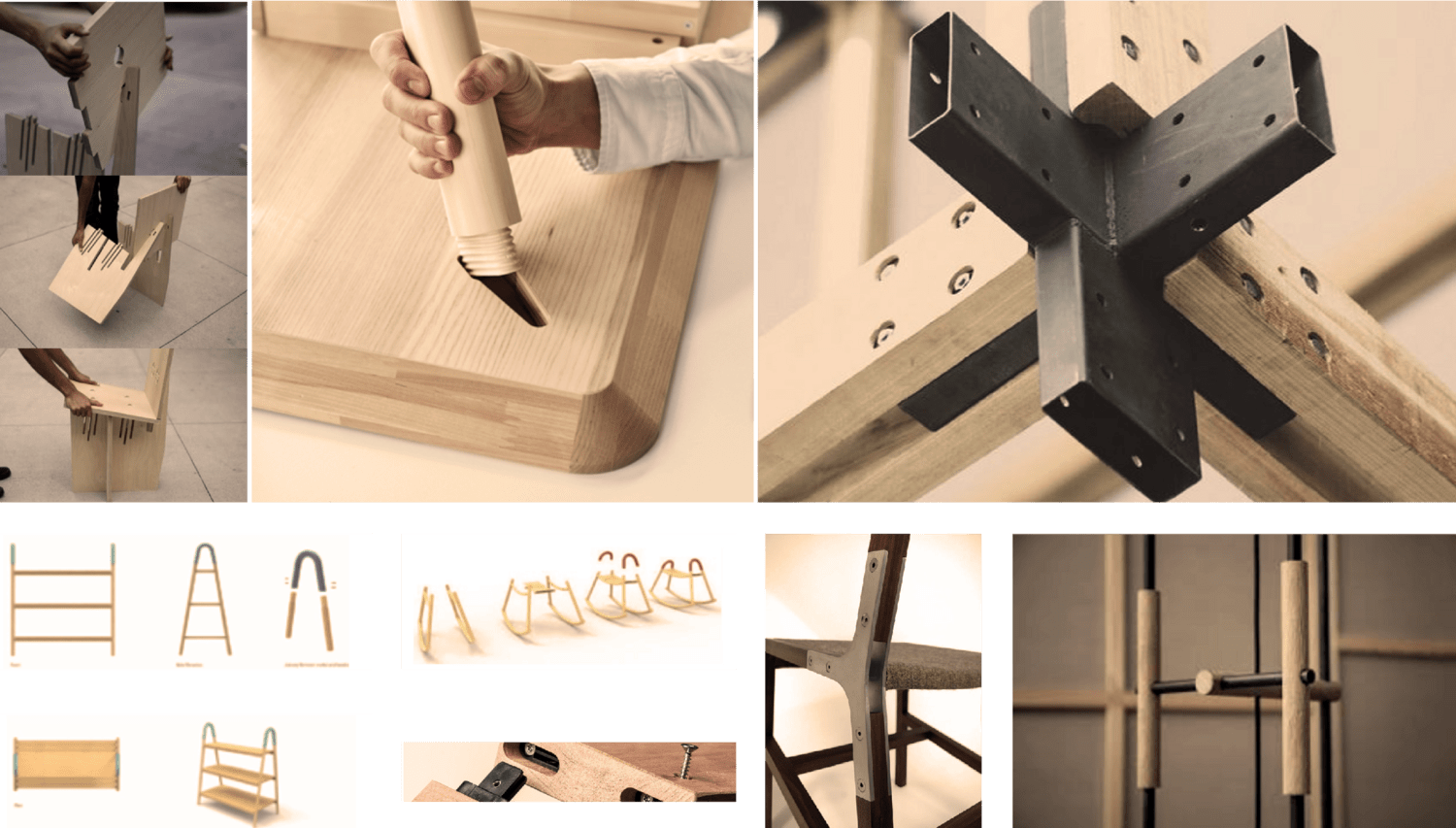
Creation of Building Structure
The task provided was to create a display model for the proposed building for the museum. The chief architect for the museum is B.V. Doshi, he showed us the process through which he ideated the building. The drawings, plans, and a detailed 3d render were provided to us.
As India is a tropical country the complete architecture takes advantage of natural light. The architecture has telescopic openings that filter natural light and remove UV light, which is coming from the top of the building.
The other consideration was the draft of wind and methods to keep the building cool in hot Indian summers too.
Research Application
A smart Phone Application for Jatin Das Center of art
Some Features:
Booking- A booking feature that will allow the user to make advanced online bookings
Map Navigation- A navigator while in the Art Center.
Digital Instructor- While in the museum the app can work as an instructor or storyteller
Events- Regular updates of the on-campus activities.
Paid and Unpaid audio and video lecture library
Online Store
We took the reference of a few applications
The Metropolitan Museum of Art of New York City colloquially “The Met”, one of the largest museums in the USA. The approach taken by the application is minimalistic in nature and is quite easy to use.
British Museum’s application has good navigation UX. The application has many layers which are quite easy to access, there are layers of paid and unpaid access.
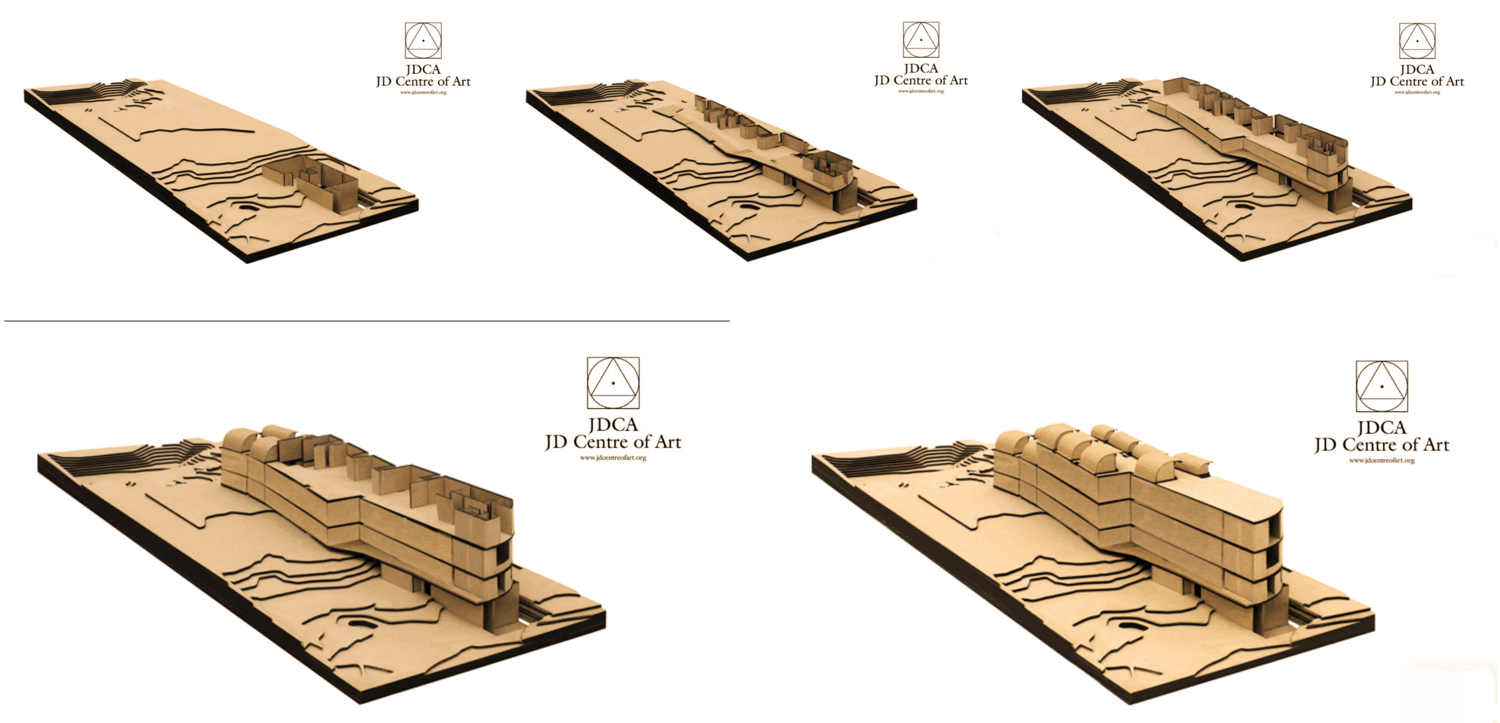
Flowchart and Wireframe
We created a library of actions based on the list of target requirements provided by the lead designer Siddhart Das and on our research conducted earlier. The basics started with creating a login-based system for the application.
This loop acted as a doormat of gathering data of the people interested in museums, textiles, history, design, and art.
The subsequent actions take place on the main page.
The main page consists of actionable and readable information in various layers. The first group of actions is collections, about JDCA, tours, takeaways and gifts.
Each section has several sub-sections and those are independent of one another.
The link of each section and subsection approach was quite linear and minimalist in nature.
Applicant’s UX and UI
I took the help of a few design team seniors at JDCA. The amount of data collection required for creating the application was quite large in size. The collateral for images, videos, writeup, virtual tours, and brand identity with their guidelines was provided by the members of JDCA. This provided the base for filling the spaces in the wireframe structure previously created.
The creation of buttons, actionable were again set up on the basis of wireframe. We created the basics of the application on Adobe XD.
